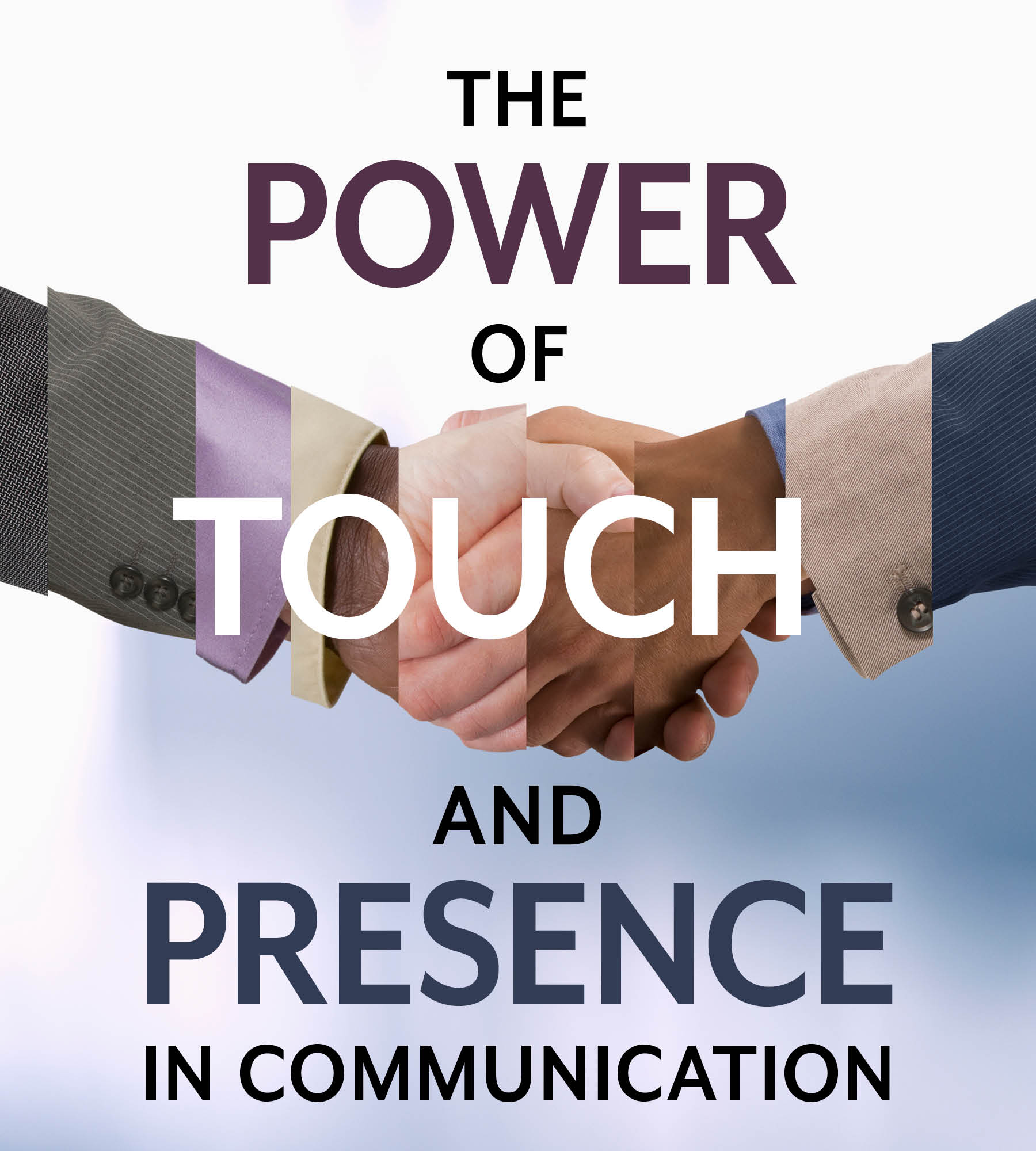Language
You can read the magazine in one of the following languages
Reading the headlines, it would seem that scandals and a record peak in CEO resignations is painting a bleak picture of our modern leadership’s ability to communicate.
The Post Office scandal in the United Kingdom is one of the most pervasive leadership communication failures ever seen. According to Lord Arbuthnot, it demonstrated a ‘legalistic and defensive’ approach to communication by senior Post Office executives, which ultimately led to decreased trust from the greater community.

On the first day that former Post Office CEO Paula Vennells gives evidence to the Post Office inquiry, a banner is held by ‘Justice For Subpostmasters Alliance’ campaigners
After an executive cover-up in the British blood scandal, where 30,000 patients were infected with HIV or Hepatitis C through blood products, the former Prime Minister Rishi Sunak declared a “day of shame for the British state”.
Australia also hasn’t escaped these communication woes. Two of its major corporations, Optus and Woolworths, both had CEOs resign after tremendously poor communication to the media. Rather than communicating well, they were angry, sarcastic and even rude and demonstrated no empathy for the challenges faced by their customers. They lost trust and their jobs because of it.
Scandals, however interesting, do not necessarily prove the diminishment of leadership communication. But science backs us up. The ‘2024 Edelman Trust Barometer’ shows that lack of visible leadership has led to a downturn in trust for both the leaders and the companies represented by those leaders.
The ‘Gallup Confidence in Institutions Survey’ also shows a significant decline in trust over the last half a century in most institutions, including big business, while the World Economic Forum identified the ‘trust barrier’ – the rise of mistrust in economic arenas – as a barrier to economic growth, innovation and social cohesion.

Our communication catastrophe contributes mightily to the lack of trust that society places in C-suite leaders.
Our communication catastrophe contributes mightily to the lack of trust that society places in C-suite leaders. But what can we do about it?
Unfortunately, there is a critical lack of training when it comes to leadership communication. While ancient Greeks and Romans spent lifetimes studying the ‘art of rhetoric’ – learning to persuade through full body communication – modern leaders, in the main, have not benefited from these teachings.
Instead, leaders are taught how to put together a PowerPoint presentation, how to use a microphone and how to hold still so as not to distract others. While each of these may be important in a small way, these are NOT the skills of real communication.
Trust-building communication is the ability to share your message truthfully with your whole body; this is interpersonal communication and one of the most important parts of interpersonal communications – the kinesthetic approach.
In today’s world of AI, Photoshop and virtual backgrounds, seeing is no longer believing. The Princess of Wales, Kate, who took a well-deserved break after her cancer diagnosis, created a frenzy when she released a clumsily edited photo with her children. This ‘communication catastrophe’ led to a PR nightmare for the royals generally and undermined her ability to focus on her own recovery.
AI also has the potential to both lead to, and distract from, trust. It’s a fact that leaders around the world are relying on AI automations with generative AI set to become a US$1.3 trillion market by 2032. But leaders who rely on AI without understanding it, without utilizing their own insights or taking ownership of their decisions, further undermine the trust society is already losing.

Trust-building communication is the ability to share your message truthfully with your whole body.
The COVID-19 era significantly pushed forward our virtual communications. Today, Zoom and Microsoft Teams meetings are ubiquitous. Emails are old school, with chats and direct messages being the new norm. These types of communications can introduce a greater amount of miscommunication due to the psychology behind our interpretation of the written word; in the absence of facial expression, tone of voice, gesture, it can be hard to clarify what the other person is trying to say.
They can also create barriers to effective interpersonal engagement including the loss of non-verbal signals and understanding, and the give and take of energy and feedback between the speaker and the listener.
While we can’t get away from AI, or from virtual communications, what we can do as C-suite leaders is to focus on our ‘touch and presence’ in communications. This is the kinesthetic domain of touch, smell and taste – and while this doesn’t naturally seem like elements of communication, in fact they are everything. The more focused kinesthetic approach to leadership communication is in fact the KPI of excellence in the future.
The first step is to ensure that you’re offering face-to-face opportunities for communication. This means live conferences and workshops, of course. But it also means in-person meetings, coffee catch-ups, on the ground dinners and more. People need to see you to trust you.

While we can’t get away from AI, or from virtual communications, what we can do as C-suite leaders is to focus on our ‘touch and presence’ in communications.
Next, consider how you can incorporate appropriate touch in the real world. The Journal of Neuroscience and Biobehavioral Review tells us, ‘Interpersonal tactile stimulation provides an effective means of influencing people’s social behaviors’. This means they’re more likely to comply with your request and will feel more ‘bonded’ to you. They’ll trust you more.
Of course, touch in the workplace can be fraught with danger, but we’re referencing things like a strong handshake and an encouraging pat on the back. Embracing the right kind of touch strengthens your communications.
<h3 style=”font-size: 25px; text-align: center;”><span style=”color: #17bdd3;”><strong>“Dummy quote here. Place this quote style on page please.”</strong></span></h3>
Even your voice is a form of touch – and many cultures see it this way (consider the revival of indigenous Inuit throat singing). When you speak your body pushes out air, which is broken into wavelengths through the actions of the vocal cords. These waves of air vibrate on the eardrums and skin of the recipients leading to more physical touch.

Ensuring that you can embrace this form of communication is an obligation today if you want to be a trusted leader.
Finally, embrace real interactions. This means including your audience in every conversation and presentation. Leadership communication cannot be about talking ‘at’ people. You must ‘touch’ their minds through asking questions, and allowing non-verbal feedback as well. The ancients called this audience interaction ‘acclamations’ and it was an essential part of two-way trusted communication.
Research shows that ‘authentic and bi-directional communication can foster interpersonal trust’ – and this is exactly what CEOs need today to become strong leaders. Ensuring that you can embrace this form of communication is an obligation today if you want to be a trusted leader. It’s the only way to truly persuade, influence, impact and lead in the modern world.

Louise Mahler
Contributor Collective Member
Louise Mahler is a global expert in communication and body language, a leading international keynote speaker and author of ‘Gravitas: Timeless Skills to Communicate with Confidence and Build Trust’. A highly sought-after media commentator, she is a regular contributor to ‘Sunrise’, ‘The Today Show’, SBS, the ABC, as well as radio stations across Australia and for international and Australian print media. Louise has a PhD in business focusing on leadership communication, and in 2023 was named an adjunct professor at Federation University Australia. For more information visit https://louisemahler.com.au/
